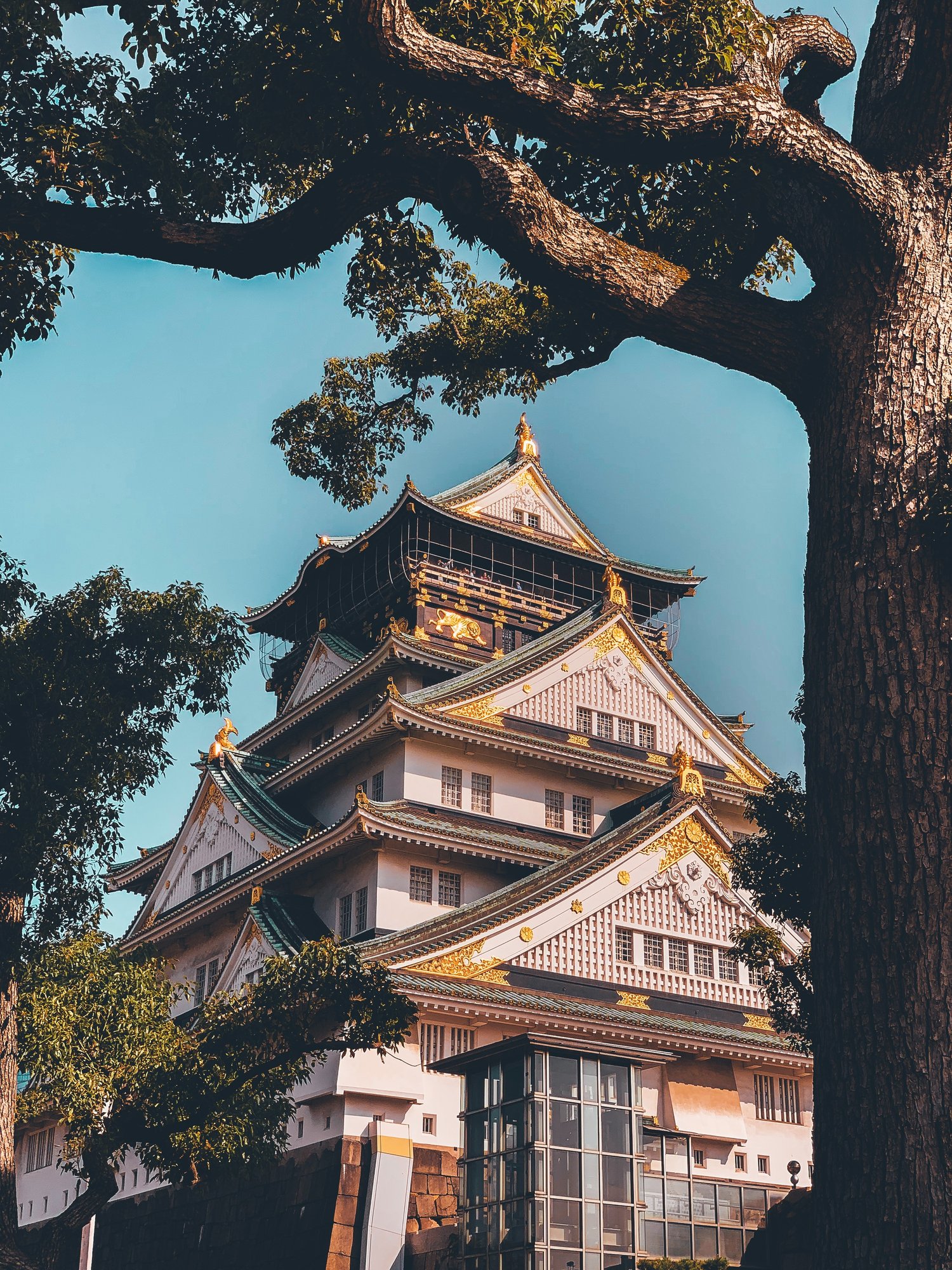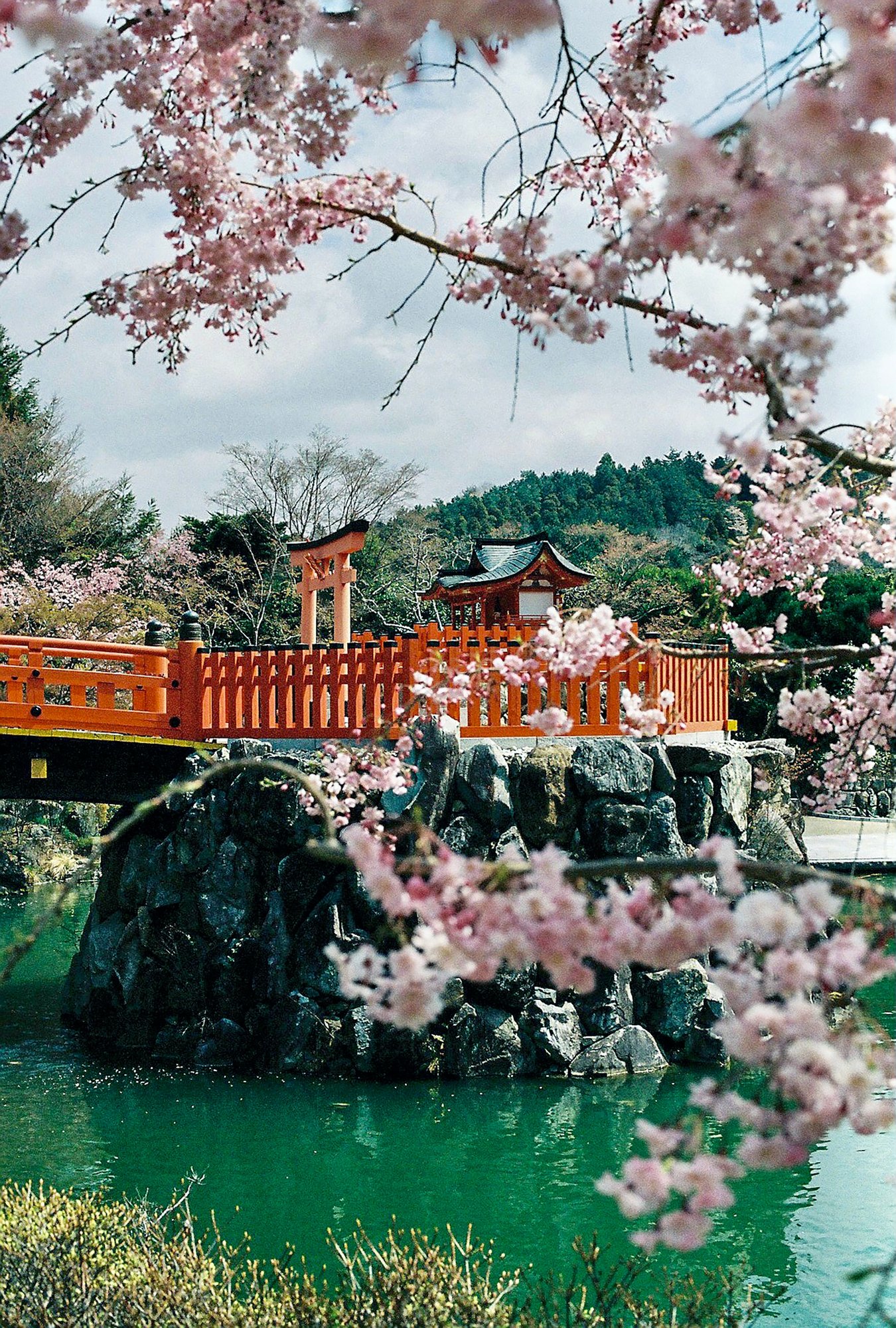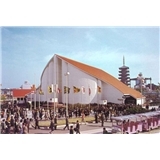About Expo 2025 Osaka
More on...
Expo 2025 Osaka
This is not the first time a World Expo will descend on Japan. Japan already organised Expo 1970 (also in Osaka) and Expo 1990, as well as Expo 2005 Aichi.
The main theme will be divided into three sub-themes: "Saving Lives", "Connecting Lives" and "Empowering Lives". The Belgian pavilion will be found in the "Saving Lives" district and Belgium will therefore focus on that sub-theme for this participation.
Expo 2025 Osaka
Signature project
Besides the pavilions that will be built by the participating countries,the Japan Association for the 2025 World Exposition will also provide a Signature Project, in which they will work around specific themes. Those themes will be reflected in the eight Signature Pavilions that will be built by the Expo Organisation.
The objective set by the Expo Organisation is to give visitors the opportunity to explore life and experience creativity. They want to encourage visitors to make a small effort for others and our planet, but above all, they want to make them smile.
The eight Signature Pavilions have already been announced: resonance of lives; amplification of lives; invigorating lives; forging lives; quest of life; totality of life; cycle of lives; en embracing lives.

The theme song for Expo 2025 Osaka: "Kono Hoshi no Tsuzuki wo"
Japanese band Kobukuro also provided a more danceable version of the song...

Expo organisation
Objectives
The Expo Organisation puts forward five objectives for Expo 2025 Osaka: bringing together the wisdom of the world, including cutting-edge technologies, creating and communicating new ideas; expanding domestic and foreign investment; creating innovation by activating human interaction; activating regional economies and small and medium-sized enterprises; and an opportunity to communicate the richness of Japanese culture.
The concept of Expo 2025 Osaka is to create a space where eight billion people from all over the world will not only view exhibitions but also co-create the future society. That is, even before the Expo starts, an online platform for sharing challenges and solutions will be launched.
Expo 2025 Osaka should be a place where the world's knowledge, such as advanced technology, will be brought together, and used to create and share new ideas,to help solve global problems facing society.
The location of Expo 2025 Osaka was chosen very meticulously and carefully for the same reason. It is a location where visitors can feel both the sea and the sky.
That location was chosen with the underlying idea of allowing visitors to connect with the world through the sea and sky.
The Expo Organisation has therefore also chosen to create a looping main stream and lay out the pavilions and plazas in a streamlined manner. That arrangement should symbolise unity in diversity or Unity in diversity.
The Expo 2025 Osaka participants comprise about 150 countries and 25 international organisations and companies, including NGOs, NPOs and other organisations.
The Expo should be a balance between entertainment, an expo where visitors can enjoy thrilling entertainment in all forms, as well as a 'living lab' where social systems and technologies will be elaborated and exhibited.

55 years after Expo 1970 Osaka....
Expo 2025 will not be Japan's first World Expo
Japan already had the honour of hosting a World Expo twice in 1970 and 2005 under the auspices of the Bureau International des Expositions. Osaka was now selected to host the international exhibition for a second time. The city was allowed to fill that role for the first time back in 1970. In 2005, all international participants went to the city of Aichi.
For Expo 1970 Osaka, the 'Tower of the Sun' (in Japanese: taiyô no tô or 太陽の塔) was built in Osaka. The tower eventually became the symbol for Expo '70. The tower, designed by artist Tarō Okamoto stood at the centre of the expo, on the 'Festival Plaza' building. That building was nicknamed 'Big Roof' and was designed by architect Kenzo Tange.
The 'Tower of the Sun' was preserved and is currently on display at the 'Expo Commemoration Park' in the city of Suita, which is part of Osaka Prefecture.
Since 1970, the tower has already been renovated twice, once in 1992 and the second time in 2023. The renewal was unveiled to the outside world on 11 August 2023. That second renovation is set to mark Expo 2025 Osaka, as part of the preparations.
In addition, a commemorative hall dedicated to Expo '70 was set up at Expo Commemoration Park around the same time. In that hall, various objects such as documents and uniforms of hosts were displayed to complement the 'new face' of the 'Tower of the Sun'.

©Takato Marui
So Belgium will travel to Japan for the third time for a World Expo. Belgium was also represented back in 1970 and we had our own pavilion.
 © expo70-park
© expo70-park
The Belgian pavilion at Expo 1970 Osaka was very successful:
With a large gabled roof covered in brick-coloured roof tiles and gently curving white walls, it was a modern interpretation of Belgian churches and country houses, and was surrounded by a beautiful garden. Incorporating the best of Belgian and Japanese architecture, the building had a large roof covered with 220,000 roof tiles imported from Belgium. The slightly curved surfaces were used effectively throughout the museum, including in partitions, walls and exhibition panels.
The gardens surrounding the exhibition hall, with their colourful flowers and stones, symbolised the traditional agricultural landscape of Belgium, which underwent extensive development on a small land area, and also evoked the life of peace-loving Belgian people. The interior exuded a peaceful atmosphere reminiscent of an ancient medieval temple. The carpets, furniture, fixtures and light fittings were all made in Belgium. After their visit to the exhibition hall, visitors were directed to the restaurant in a separate building. The restaurant was a modern, bright building in contrast to the muted colours of the exhibition pavilion, and the contrast gave visitors a taste of ancient European culture.
The exhibition was divided into four sections - "The Present", "The Past", "Between the Past and the Future" and "The Future". In the "The Present" section, a five-metre-wide entrance led to an aluminium world map showing the location of Belgium and a bronze relief map showing the nine provinces, as well as portraits, symbols and seals of King and Queen Baudouin and the Belgian political form. Particularly noteworthy in this section was a 90-second silent film showing the daily activities of Belgian industry and people on two projectors, 28 films and 14 circular screens, as well as a light effect with laser beams.
There was also a "glass waterfall" of "unbreakable glass", developed by the gravel clock factory, and a "million-dollar jewellery show" with 1,900 barrels of diamonds and other jewels, There were exhibitions on the paper industry, the weaving industry, the chemical industry, statues of anti-hot plastic, a Belgian invention, and the steel and non-ferrous metal industries.
So Belgium's best sides really shone during Expo 1970 Osaka. On to Expo 2025 Osaka...
Need more info?
Want to know more about Expo 2025 Osaka, its organisation and Japanese developments at the expo site? Visit the Expo 2025 Osaka website.

